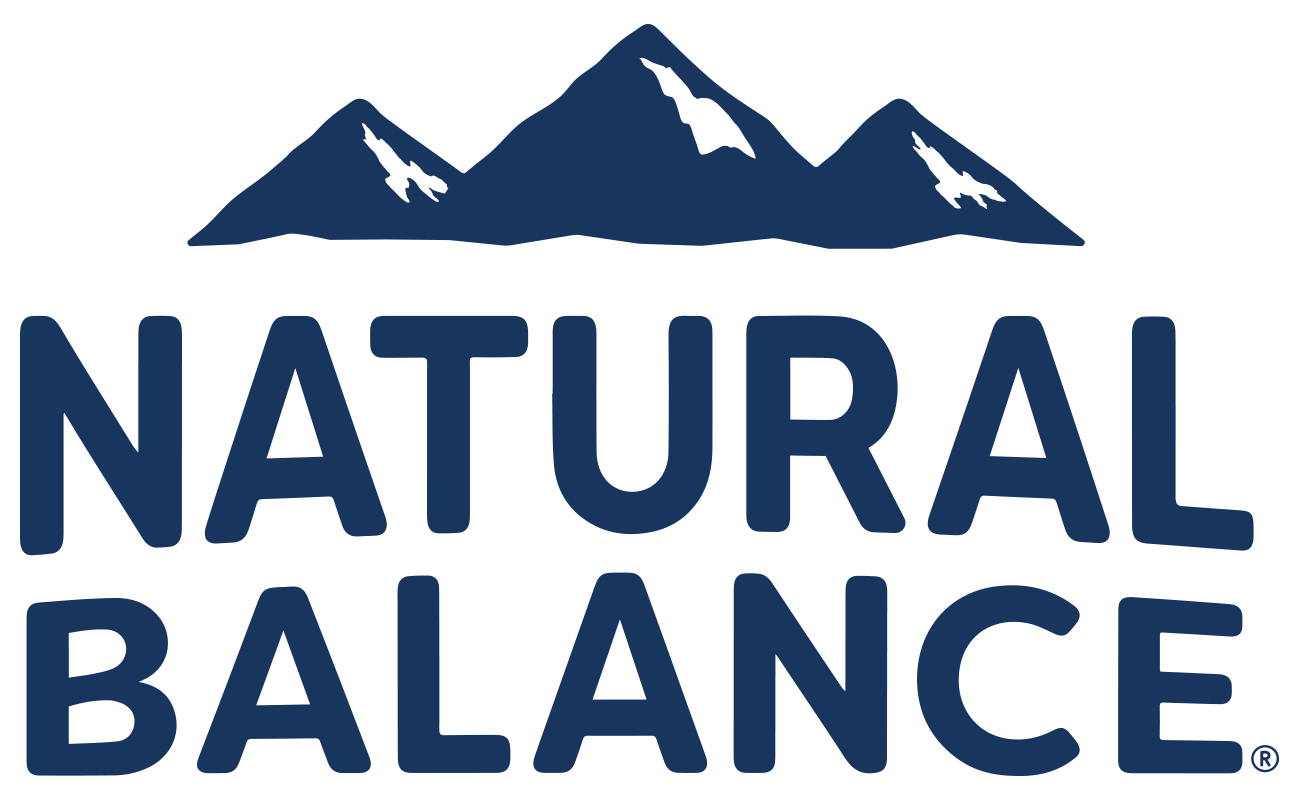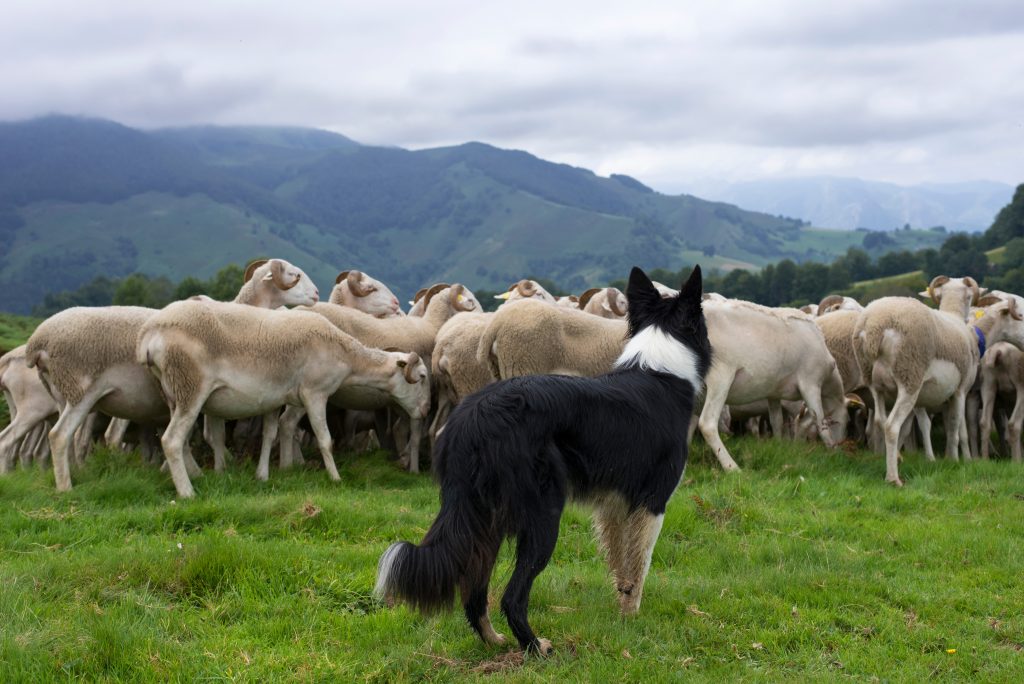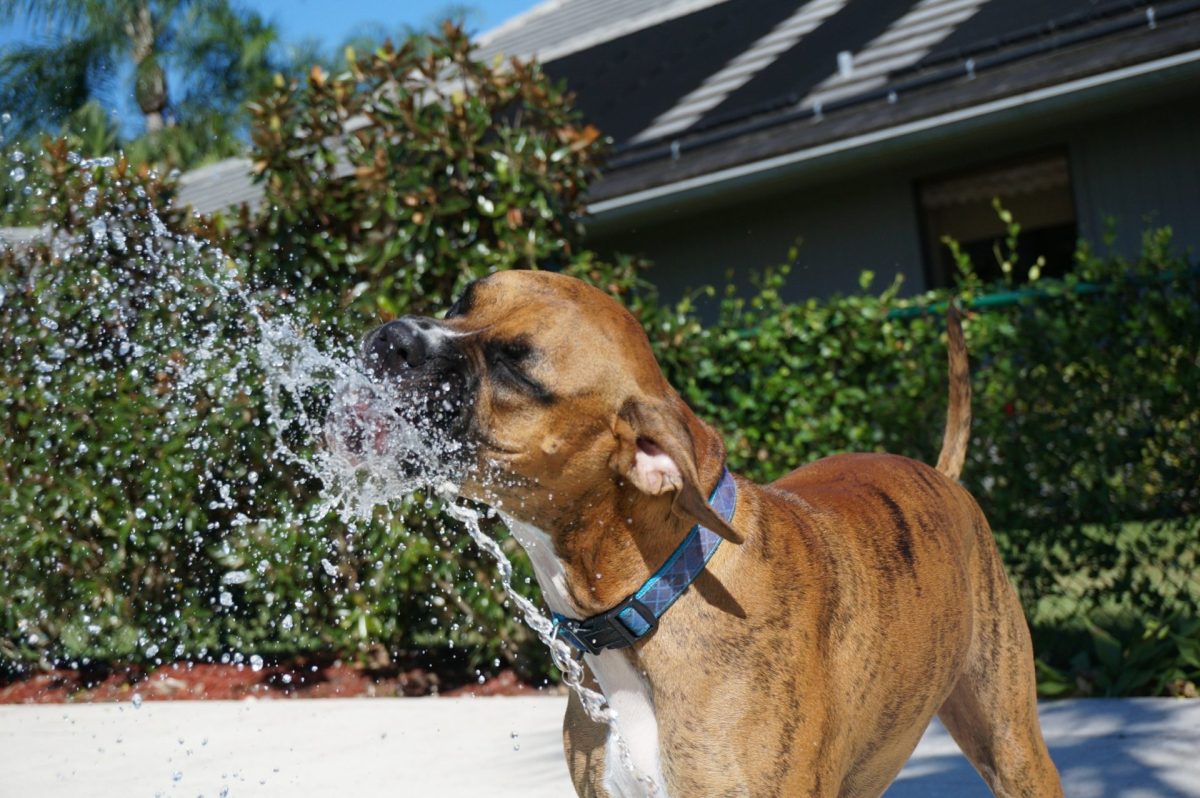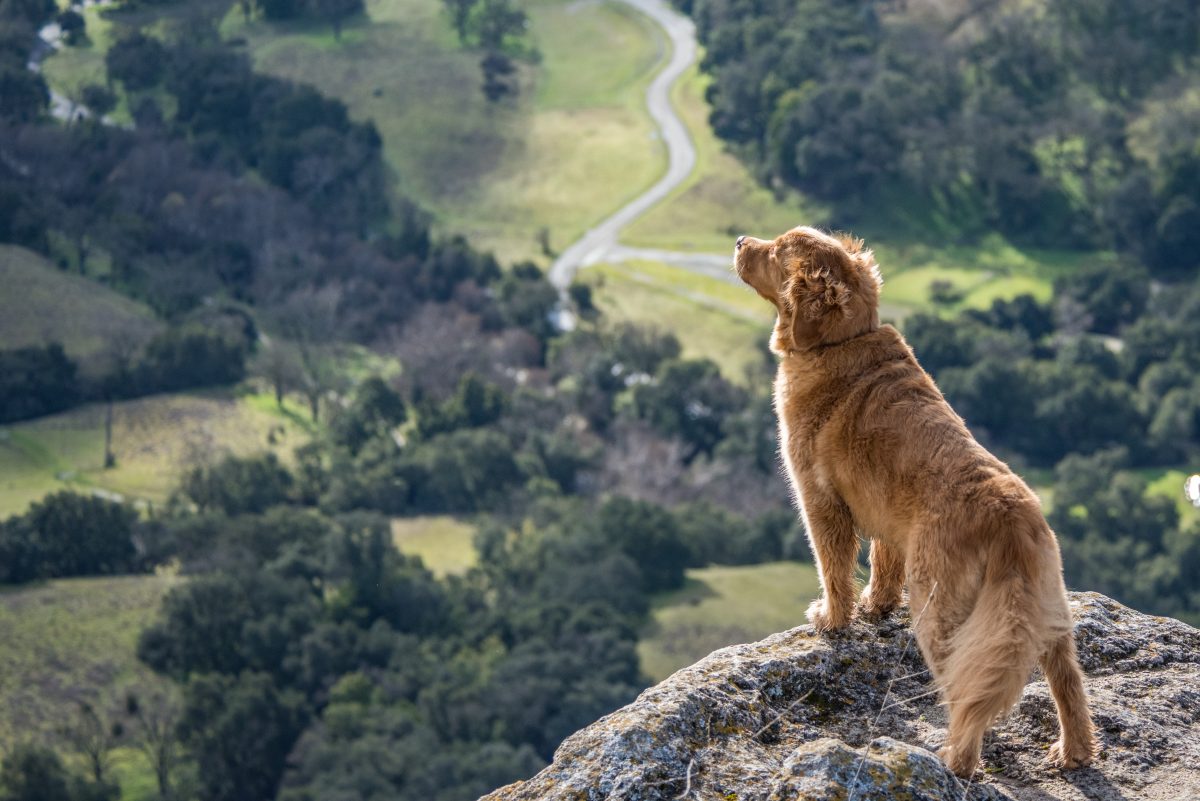Ever wonder why certain breeds of working dogs are highly skilled at certain activities? Why a bloodhound is so good at tracking scent, why herding breeds can control large groups of livestock, and why retrievers are great at, well, retrieving? Scientists have been wondering the same thing and have conducted numerous studies to figure it out.
Based on recent research, diverse breeds of domestic dogs have been created through selective breeding, with an emphasis on optimizing their abilities to perform specific tasks.
So how do today’s dogs continue to show off their amazing skillsets in our modern world? Let’s take a look!
Working Dogs: Federal Employees
Hundreds of thousands of working dogs serve in federal agencies. Whether it’s scent detection, search and rescue, or being guardians, these canines are an integral part of keeping our nation safe.
It’s a Dog’s Job, but Somebody’s got to do it
Certain breeds are often well-suited for the roles and responsibilities that comes with being a working dog in fields such as military, law enforcement, search and rescue, and others. Though, breed alone won’t cut it. These highly skilled, elite professional canines are socialized, evaluated, trained, and partnered with a human counterpart before being assigned work. The process of developing such elite dogs can take years.
Whether it’s a branch of the U.S. military, law enforcement and security agencies (FBI, ATF, TSA, CBP…etc.), emergency readiness and response agencies (e.g. FEMA) or agencies that may not come first to mind when thinking about working dogs (e.g. USDA or DOE), most federal agencies have canine-specific departments.
These departments provide training programs to their four-legged personnel (pawsonnel?) specific to the departments’ responsibilities. These dogs undergo extensive training and must meet specific qualifications required for their line of work. By the end of their training, these working dogs can perform some incredible jobs.
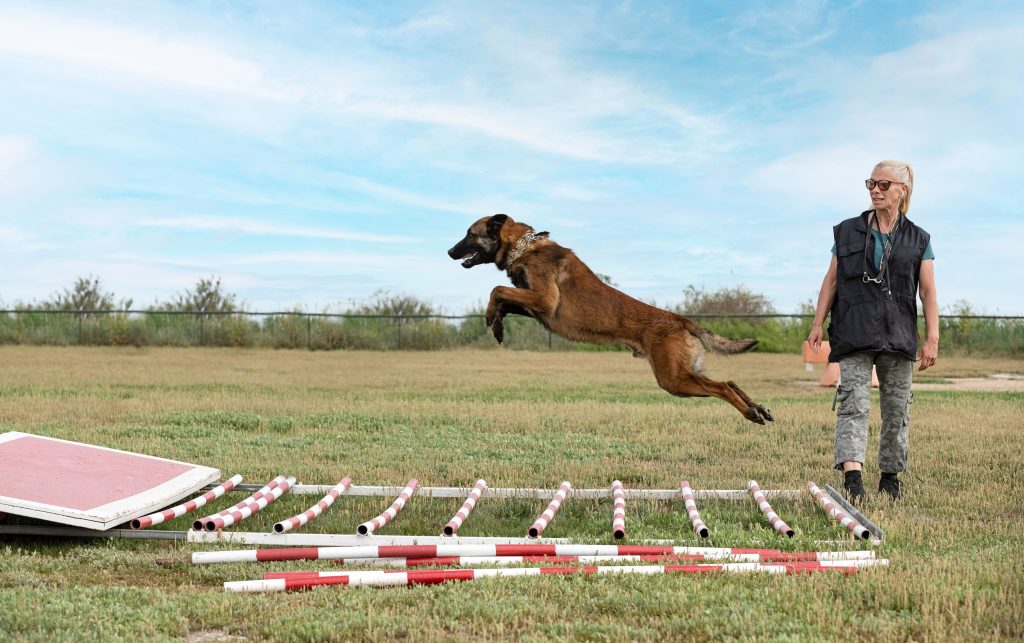
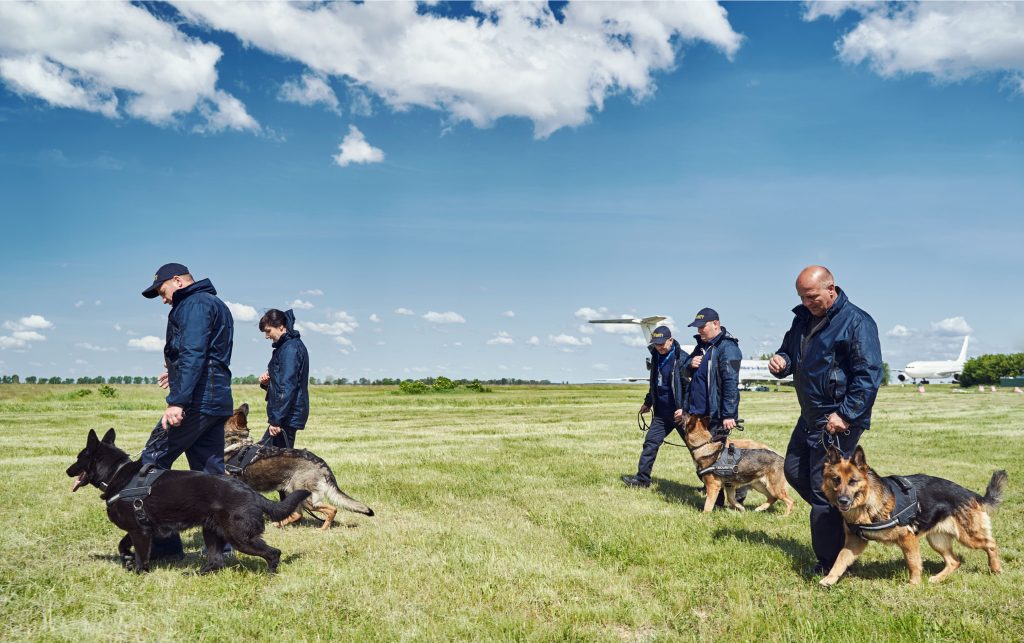
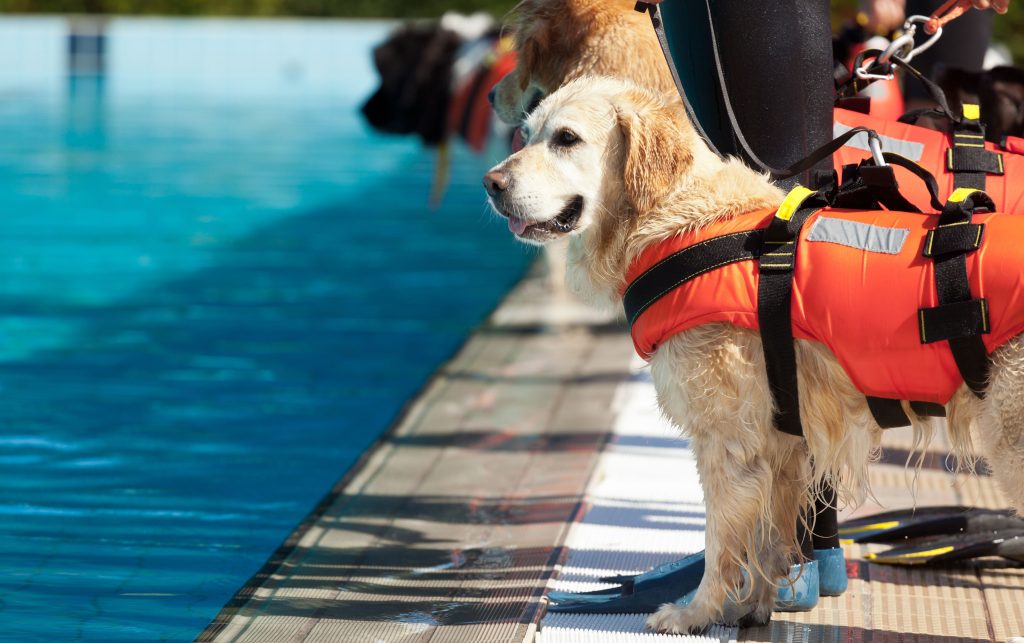
What jobs do federal working dogs have?
There are a plethora of jobs that federal working dogs have. The below list just scratches the surface of those jobs but touches on some of the foundational roles and positions federal canines occupy.
Search and Rescue (SAR) Dogs
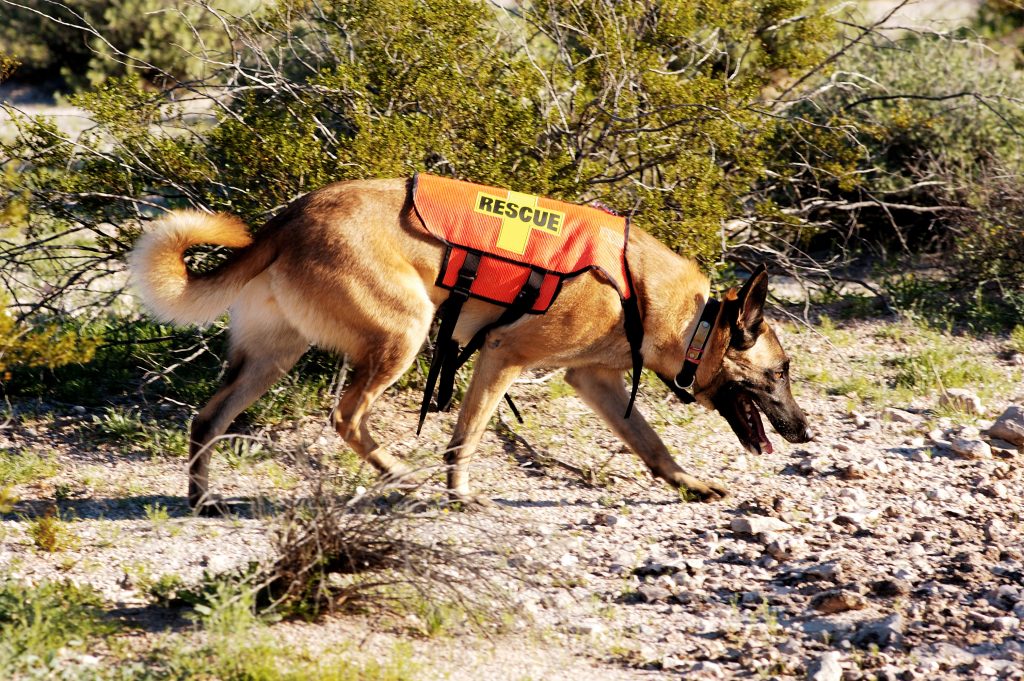
- Airscent: working with their noses in the air instead of to the ground, airscent dogs are trained to catch the “hot” scent of people on the wind. Not concerned with tracking the actual path an individual takes, these dogs are effective at scanning and searching large areas for a concentrated scent of people.
- Trailing (tracking): noses to the ground, trailing dogs follow the route of scent deposited on the ground and other surfaces by a person on the move. These dogs can even trail people in vehicles if their scent passes through open windows or the vehicle’s vents.
- Disaster: events like tornados, hurricanes, earthquakes, and floods often cause landslides, buildings to collapse, and other disaster scenarios. The dogs who specialize in disaster work use a version of airscent work and are highly trained in agility as they work on uneven surfaces, climb rubble, and maneuver around debris.
- Avalanche: invisible to the naked eye, victims of avalanches are often completely covered by snow from an avalanche. Dogs specialized in avalanche search and rescue must be athletic to bound through snow and dig to reach victims they find.
- Water: SAR dogs trained to work in water use their noses to track a scent that rises to the water’s surface. These canines can help locate individuals submerged in water in flooding situations, for example.
Detection
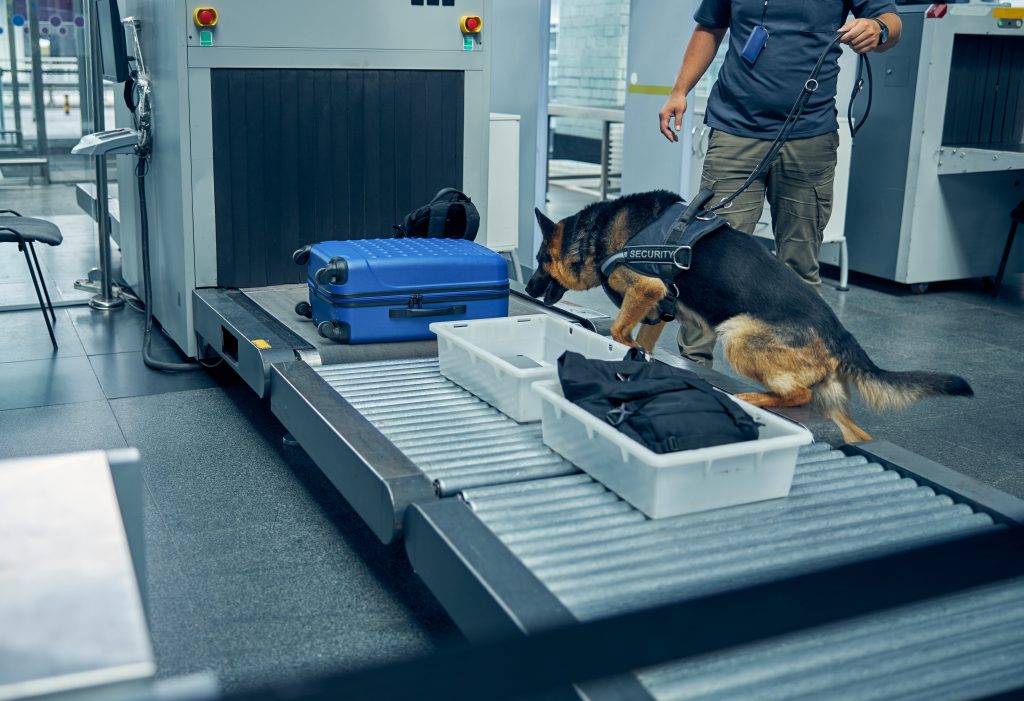
- Detection dogs are trained to identify specific scents and notify their handlers using signals to communicate what they find. These canines work for various United States agencies and departments to identify anything from drugs, weapons, and explosives to illegal plants, animals, and other contraband.
Service Dogs: Guardians with Fur
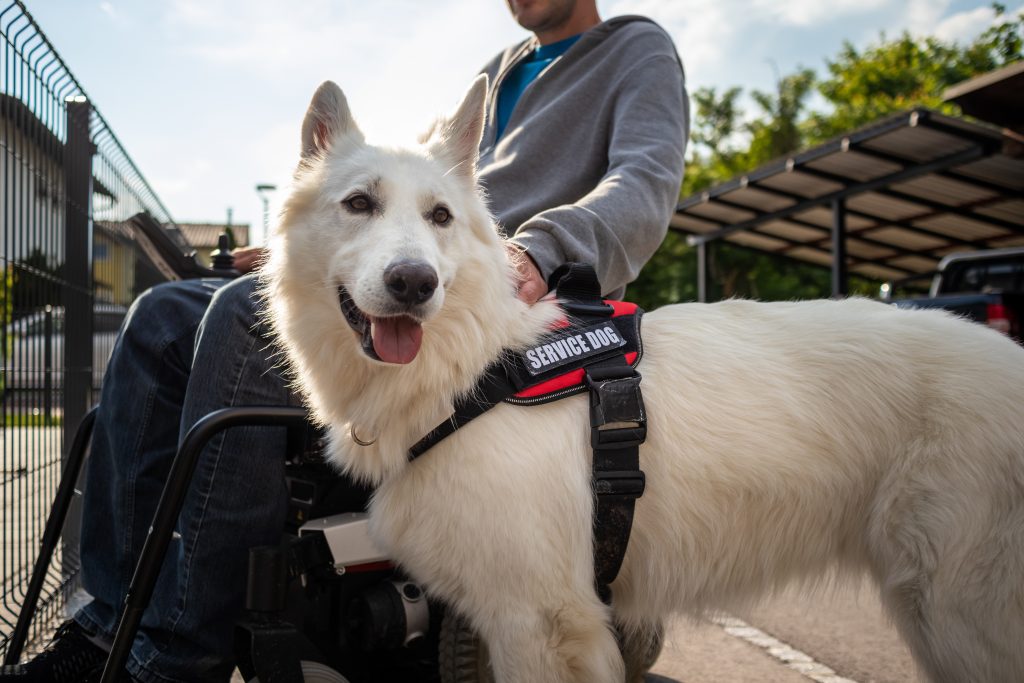
What is a service animal?
The Americans with Disabilities Act (ADA) defines service animals as dogs trained to perform tasks for individuals with disabilities.
Partners, companions, and often times life savers, service dogs receive extensive training to be able to provide support to their humans in need. Today, there are around 500,000 service dogs actively working in the United States.
From Guide Dogs to Life Savers
These furry assistants wear many hats – seeing-eye dogs for the visually impaired, alerting individuals who are deaf, or even sensing changes in blood sugar levels for those with diabetes. There’s no denying that these pups are purposeful and experts in their fields.
How Does a Service Dog Land Such a Job?
Service dogs don’t earn their capes overnight. Depending on the service they will be providing, these dogs usually undergo training programs that can take anywhere from six months to a year or more.
They must be disciplined, good at following commands, and have a temperament that works with different individuals in a multitude of situations. It’s not just the dog that’s trained – the human that the dog gets teamed up with is also coached on how to effectively work with their four-legged partner.
Unsung Canine Heroes
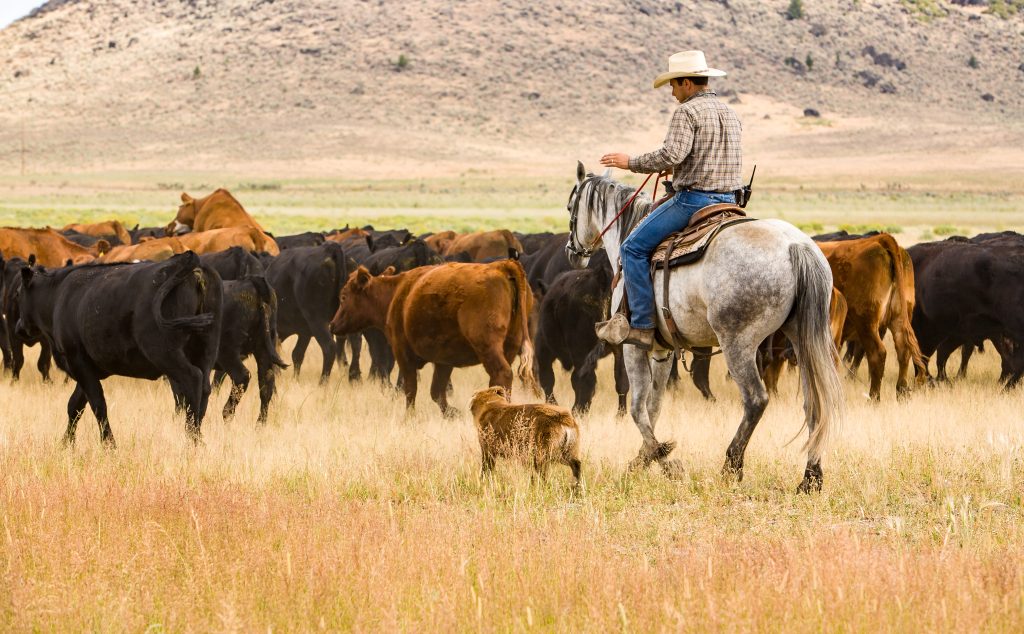
There’s more to working dogs than just government and service dogs. Those dogs are the easiest ones to count because of the publicly available rosters and headcounts. But what about the countless other dogs that work outside of the limelight?
Farm dogs, for example, work tirelessly to herd and protect livestock. They patrol property and fence lines, guard farm facilities and equipment, and provide companionship to their human counterparts.
Then there’s emotional support animals. Working in courtrooms, hospitals, and hospice centers or as an individual’s dedicated support animal, these dogs provide a warm paw to those in need.
What about non-federal law enforcement canines? Aside from federal law enforcement agencies, thousands of working dogs hold positions in state, city, and town police departments.
While these dogs might not get the same kudos, they are just as important as government working dogs and specialized service dogs in enriching our lives and making the world a better place.
Working Dog Fun Facts
- Certain service dogs can alert their diabetic or seizure-prone human that an episode is approaching. They can smell the signs of a person’s body chemistry and signal the issue ahead of time, giving the human time to prepare (take medication, seek help…etc.).
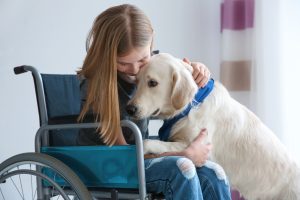
- FBI scent detection canines can detect 19,000 different explosive material combinations

- An avalanche search and rescue dog that is trained in scent detection can search one hectare in 30 minutes. That’s just shy of 2.5 acres, or nearly two football fields. It takes a search probe team of 20 humans roughly 4 hours to cover the same area.
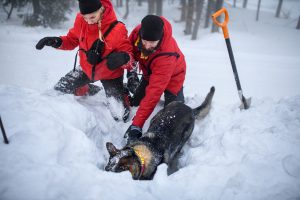
- Sheepdogs can greatly outperform their human shepherd counterparts. Whereas it takes multiple shepherds to manage flocks consisting of more than 40 sheep, a single sheepdog can successfully herd flocks of over 80 sheep.

A Round of Applause for all Working Dogs
Let’s take a moment to show our appreciation for all the hardworking dogs out there. While we love having them around for fun and companionship, let’s not forget the myriad ways they contribute to society with their skills, dedication, and love.
If you have questions, click here to connect with our Customer Care team – a team made up entirely of Registered Veterinary Technicians who are ready to help you!
Natural Balance does not have any partnership with the sources cited in this blog.

